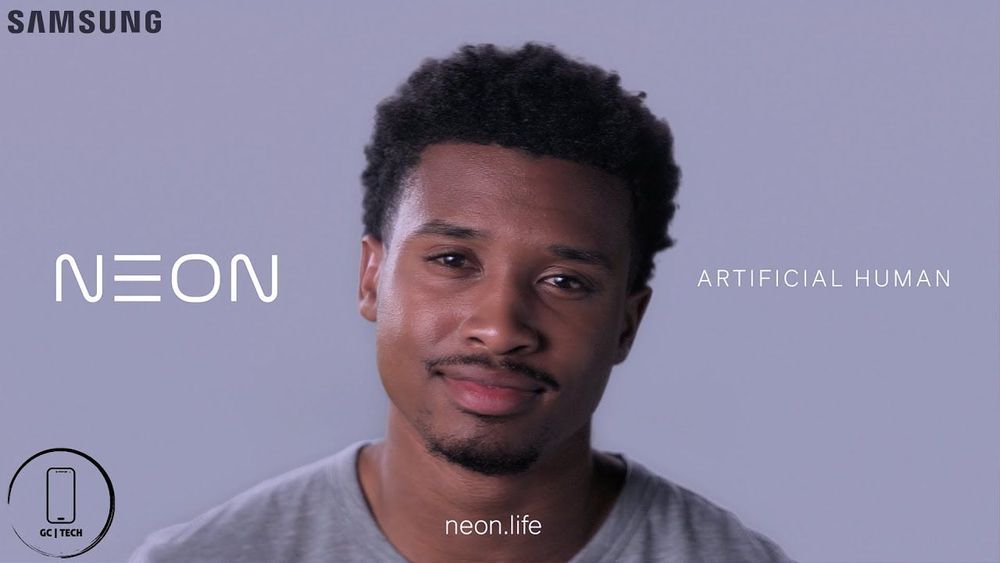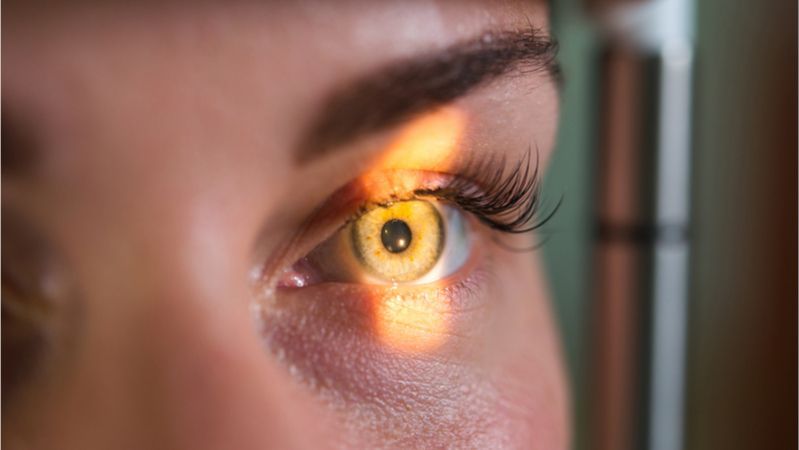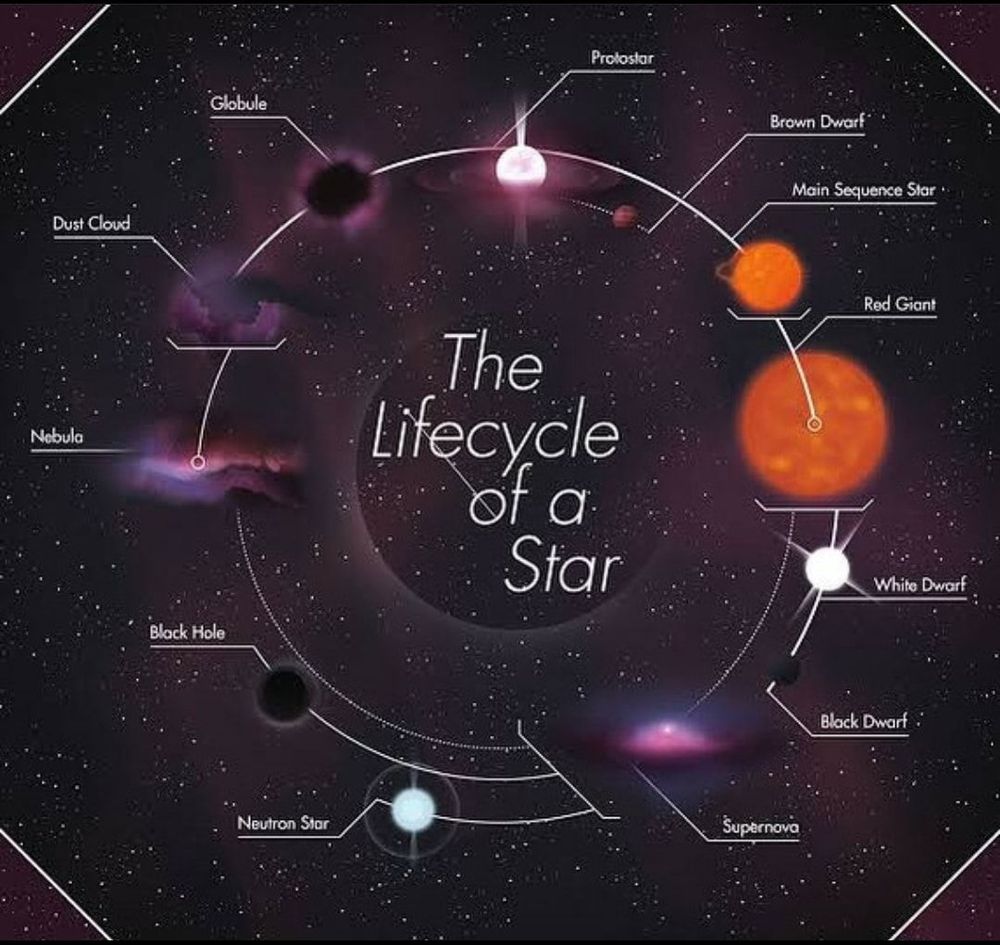The US government has placed software designed to train neural networks to analyse satellite images under new export controls in a bid to prevent foreign adversaries using said code.
The decision, made by Uncle Sam’s Bureau of Industry and Security (BIS), is effective today. Vendors shipping software subject to the controls – in that the applications help machine learning systems annotate satellite images in a particular way – will have to apply for a license to sell their products to customers outside of the US and Canada.
“Items warrant control for export because the items may provide a significant military or intelligence advantage to the United States or because foreign policy reasons justify control,” the BIS said.









